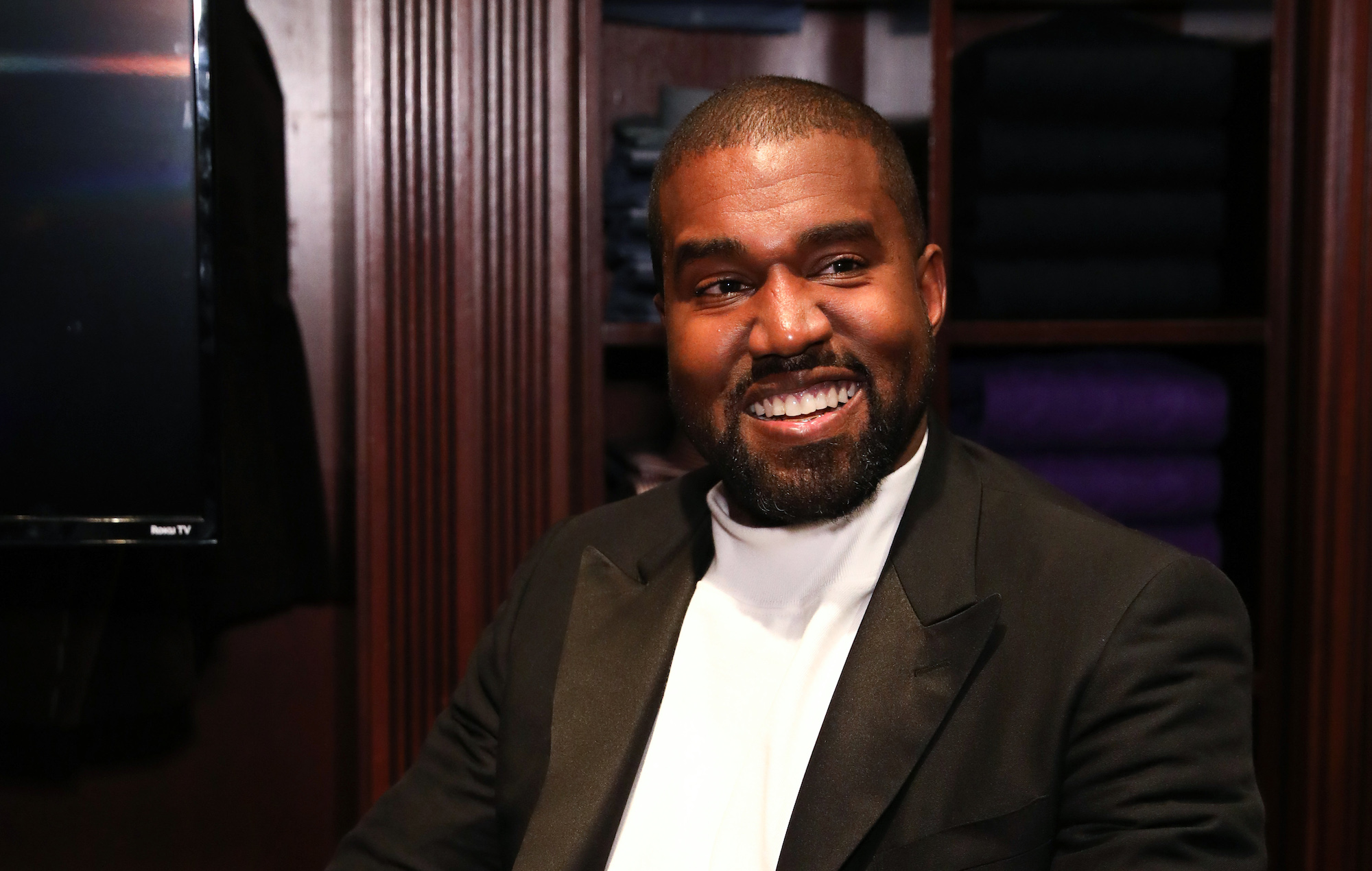
Starting strong with a Fortnite fan shouting, “I would suck all of you to get Fortnite mobile back” over a public teleconference line, the landmark Epic Games vs Apple trial has managed to maintain its momentum as we wrap up the first week of proceedings. Every day in court so far has been insightful, providing a window into the shadowy inner workings of the games industry.
Internal emails and reports have been made public, and testimonies from gaming figureheads have tried to define concepts that are, at present, in a state of flux. It turns out it’s quite tricky to define a video game in a court of law, especially one like Fortnite, which boasts virtual concerts, creative suites and its own currency.
But before we dig into those definitions and what they mean for the future of the metaverse Epic is keen to build, here’s a quick primer on the trial.
At present, you can only use Apple’s payment system to buy apps and in-app purchases on the iOS App Store. The tech giant takes a 30 per cent commission on each purchase.
Epic Games claims this is unfair and, as a result, that Apple has too much control over the mobile market. Epic also believes developers should be able to implement their own payment systems and bypass the App Store’s policies.
Tim Sweeney sent Tim Cook an email asking for iOS to be open. Tim Cook's reply is basically "who is this guy?" after Epic Games demonstrated Fortnite for Mac at WWDC 2015 https://t.co/HiHfqx9zeR pic.twitter.com/lop5rPFYxB
— Tom Warren (@tomwarren) May 4, 2021
The gaming company made its feelings clear with the #FreeFortnite campaign in August 2020. The developer pushed an update to Fortnite on iOS that allowed players to save 20 per cent on Fortnite’s in-game currency, V-Bucks, if they bought them directly from Epic instead of Apple.
Naturally, this didn’t go down too well with Apple. The platform holder promptly removed Fortnite from the App Store, cutting off a big chunk of the game’s player base. As noted by our disgruntled friend on the public line there, it hasn’t yet been restored.

Lawsuits quickly followed, and here we are with the trial, where Epic Games CEO Tim Sweeney is being asked to define what a game is. His answer last Monday was interesting:
“A game involves some sort of gain or loss or connection and that it’s an individual or a social group of competitors. A game is trying to build up to some kind of outcome that you achieve, as opposed to an open-ended experience like [designing] a Fortnite Creative island or writing a Microsoft Word document. There’s no score-keeping mechanic. You’re never done, or you never win,” said Sweeney, per Axios Gaming.
By that description, Fortnite is both a game and not a game. The court further developed this idea as Sweeney was probed about the Star Wars trailers, Travis Scott concerts and movies that have been streamed live within the game. For the unfamiliar, Fortnite features a ‘Party Royale’ mode that is purely for social congregation and events rather than frantic shoot ’em ups.
Epic Games head of brand Phil Rampulla offered a glimpse into Party Royale’s future in an interview with Edge Magazine earlier this year. “We really want to make sure that we have a really rich social connected space that is immersive and super fun,” he said. “And you can just kind of go and do whatever you want with your friends, like, ‘Let’s go play this game while we watch this TV show, and I’m going to go watch that music act over there.
“It’s a place. A really immersive, open place to be with your friends and experience tons of different content.”

Such definitions feed into Epic Games’ broader plans to create “the metaverse”, a persistent virtual platform that capitalises on the Fortnite phenomenon. The concept stems from the 1992 Neal Stephenson novel Snow Crash, which has been used as a reference multiple times in court. Epic recently completed a $1 billion funding round to support its long-term metaverse vision, with PlayStation owners Sony chipping in $200 million.
It’s yet to be formally pinned down, but there is promise in Sweeney’s ambitions for the metaverse, especially when it comes to empowering creators. Via Protocol, he told the court on Tuesday: “The long-term evolution of Fortnite will be opening up Fortnite as a platform for creators to distribute their work to users […] and creators will make the majority of profits.”
Epic Games Head of Partnerships Nate Nanzer echoed this sentiment in Edge Magazine. “We see a future where artists of all scales, from bedroom DJs to the biggest artists in the world, can use Fortnite as a platform to get their music and shows out to the world without even our involvement,” he said. “That’s the dream” that at some point you have a platform and a set of tools that enables artists to do this themselves.”
But as you might expect, Apple’s “walled garden” ecosystem and 30 per cent cut complicate how creators are able to distribute content and make money from Fortnite’s metaverse – or any future metaverse project, for that matter. As Adi Robertson of The Verge so succinctly put it, “Fortnite is Epic’s answer to the web, and Apple wants 30 cents of every virtual dollar that an iPhone user spends in it.”

Another reference used in court this week to better understand Fortnite’s proposed metaverse was Ernest Cline’s Ready Player One. Cline’s book has its vision for the metaverse, one more akin to The Ultimate Showdown Of Ultimate Destiny, where fan-favourite brands and celebrities co-exist and brawl in a limitless virtual realm.
It’s easy to draw comparisons to Fortnite as it quickly becomes the world’s largest virtual toy box of video game protagonists, superheroes, movie stars and now even athletes. Court documents seen by The Verge tease a potentially landmark collaboration with the NBA later this year. An arcade basketball mini-game can be seen in the presentation as well as a poster for the first sports event held inside Party Royale, starring basketball legends Zion Williamson and LeBron James.
In fact, all of Fortnite’s key Q3 and Q4 beats appear to focus on bringing influencers, athletes and concerts into its environment, widening its net of content in the hopes of speaking to even more players. But as fun and meaningful as these activations can be, it’s easy to get cynical when we factor these brand deals into Fortnite’s broader vision of the coming metaverse.
It’s all money-driven, after all, a giant clusterfuck of the most popular and palatable content, backed by some of the world’s most powerful corporations. The question is now: how do aspiring creators and artists fit into this machine, express themselves without limits, and get paid for doing so, as Tim Sweeney envisions?
In building its metaverse, Epic Games has created a world where Master Chief can dance like BTS with Batman, Rey Skywalker and Neymar… but at what cost?
The post What’s in a game? Epic vs Apple and the incoming ‘Fortnite’ metaverse appeared first on NME.






